The clothes we wear showcase our style and personality, but make no mistake: the clothing business is still a business. So, we rounded up seven marketing gimmicks to avoid if you want to be a savvy shopper.
7 Marketing Gimmicks Menswear Experts DON’T Fall For
First, just a quick reminder that we’ve already made a guide on menswear gimmicks to avoid, which focuses on actual items to avoid buying, while today’s list is about how clothing is sold to you. Ultimately, we want to be able to make informed decisions and live with fewer purchasing regrets.
1. Miracle Fibers That “Wick Away” Sweat and Moisture
In the age of athleisure and performance fabrics, many manufacturers have jumped on this trend. The claim is that the fibers will wick away moisture and sweat, leaving you feeling clean, dry, and comfortable. You’ll most often see this used to sell underwear, sports apparel, and even shoe trees. Of course, technical fibers certainly have their place in the 21st century wardrobe; they’re quite useful when playing sports or going to the gym.

What we’re focusing on here is the claim that these fabrics will somehow magically banish unwanted moisture. How does that even work? I mean, where does the moisture get “wicked” to? What’s really happening is that the moisture is absorbed by the fibers themselves, and any perceived comfort ultimately comes from how quickly the fibers feel dry again because no one likes the feeling of wet clothes clinging to their skin.
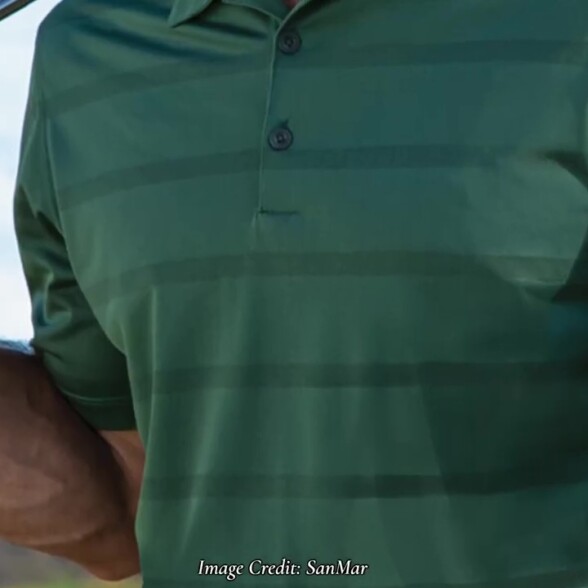
How the cloth performs
Actually depend on the situation
This marketing gimmick of “moisture-wicking” fibers has been in place for decades. Indeed, it’s something that is so common that many people repeat it when talking about their favorite clothes even if they don’t fully understand it. Realistically, different people will like their clothes to perform differently depending on the situation. For example, pure cotton garments will typically perform well in an average climate, but will take longer to dry when hot or when exercising.
Remember, a big part of comfort will also come from how well you take care of your clothes and, in the case of performance fabrics, they’re unfortunately more likely to retain the smell of sweat over time since the fabric is consistently absorbing it, meaning that you’ll need to replace these garments more often.
So while there are definitely going to be times when you want your clothes to be more absorbent and dry quicker, just don’t make all of your sartorial choices based on this performance claim.
2. Handmade Products
When we initially hear the term “handmade,” it’s easy to assume the item is fully bespoke or had extra attention paid to it. But, in reality, the term “handmade” is not a protected, which is, to say, legally defined, phrase when it comes to selling clothes, which means it’s truly difficult to define what was worked on by hand.
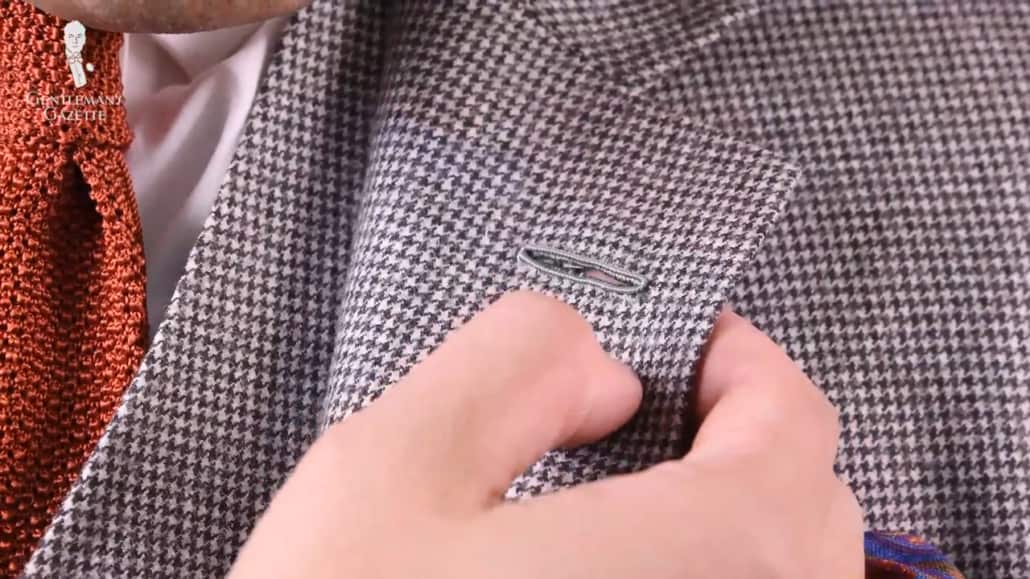
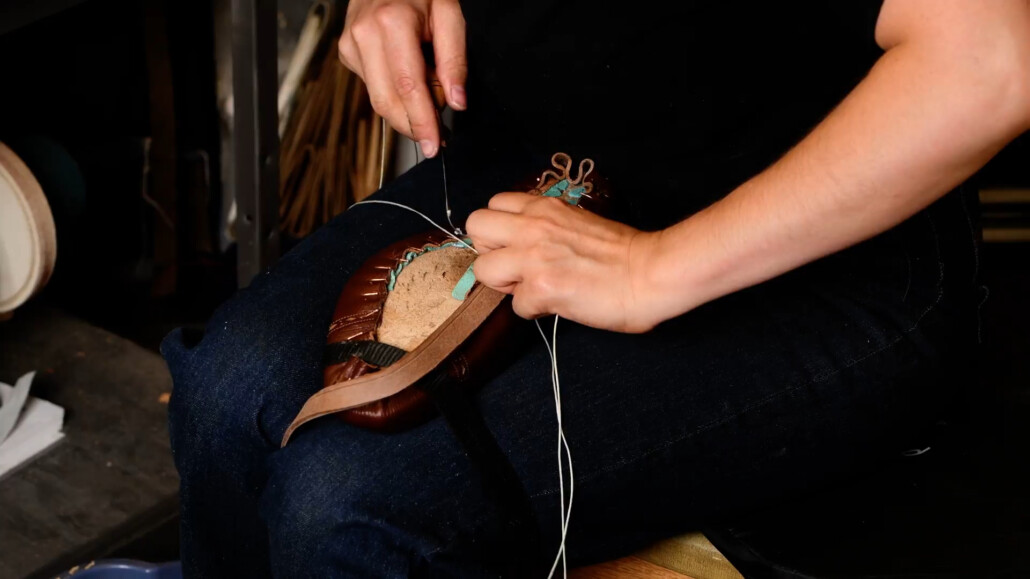
For instance, a seamstress can guide an item of clothing through a sewing machine, but who takes credit for the work in the situation? The seamstress or the machine? “Handmade” can be applied to many items of clothing in order to create an air of superiority because no one is probably going to say, “We pump this out in a factory.” And this provides another point to remember: handmade isn’t always a universal sign of quality, as there are some items that look better when a machine is present.
For example, a dress shirt with a machine-sewn side seam will look much neater. These long running seams benefit from the precision and reliability of a sewing machine, while smaller details can look elegant when completed by hand such as shirt cuffs and collar.
Something handmade is, by its nature, individual. So, it’s up to us as consumers to determine when the handwork truly makes a difference. This means a degree of education is required to understand what a handmade product looks like. The good news is that when you know what you’re looking for, then you can sometimes spot a bargain like when you’re vintage or thrift shopping.
Vintage Menswear: 25 Tips & Tricks for Thrift Store Shopping
3. 100% Luxury Fiber Products
Perhaps the biggest offenders here are the items that bear the stamp of “genuine leather.” We’ve all seen this one, but what does it actually tell you?
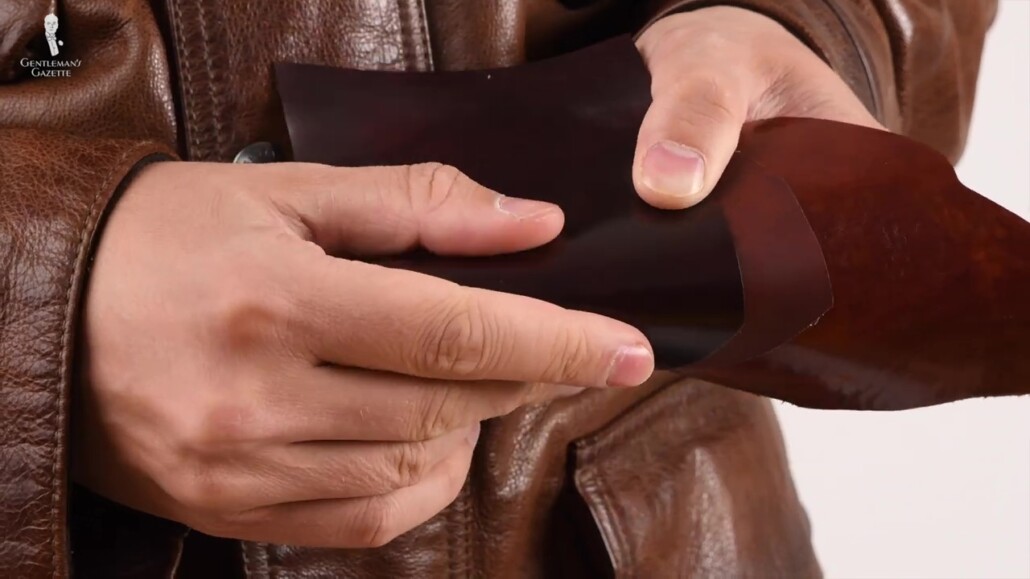
Sticking with this example, leather quality is a huge spectrum with so many different types of leather skins available that will each have unique properties particular to that animal, as well as non-animal leather sources and leather lookalikes. Even when dealing with one type of animal leather, like bovine leather, different types of finished products can be created from their hide, such as suede, top grain, full grain, shrunken leather, and so on. Saying something is genuine leather doesn’t really tell you anything, and it’s like saying, “This suit is made of real fabric.”
Chances are you’ve also seen the same with other luxury fibers like cashmere. There is a massive difference between the cashmere a mill like Loro Piana produces versus the budget cashmere found in most retail stores.
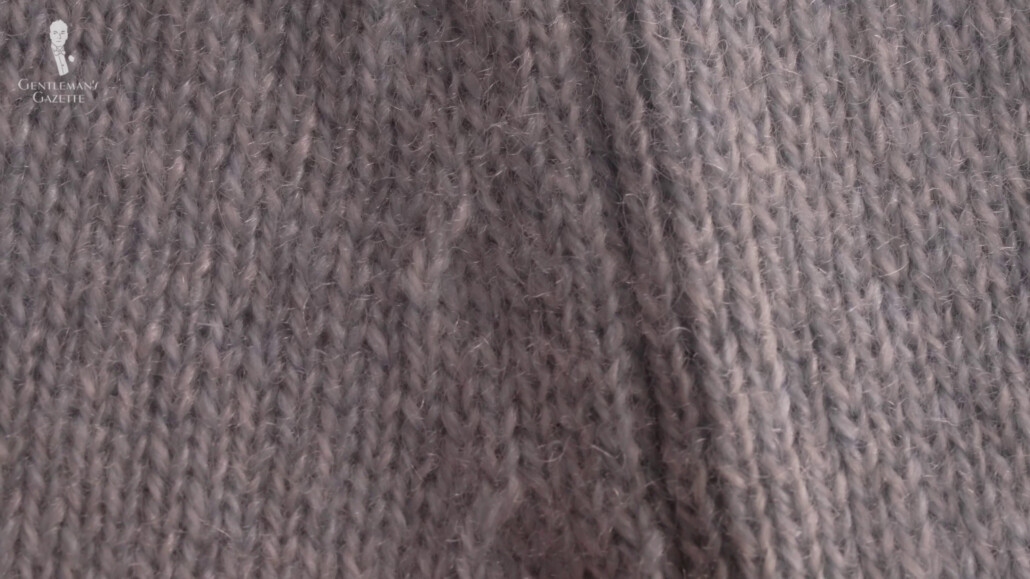
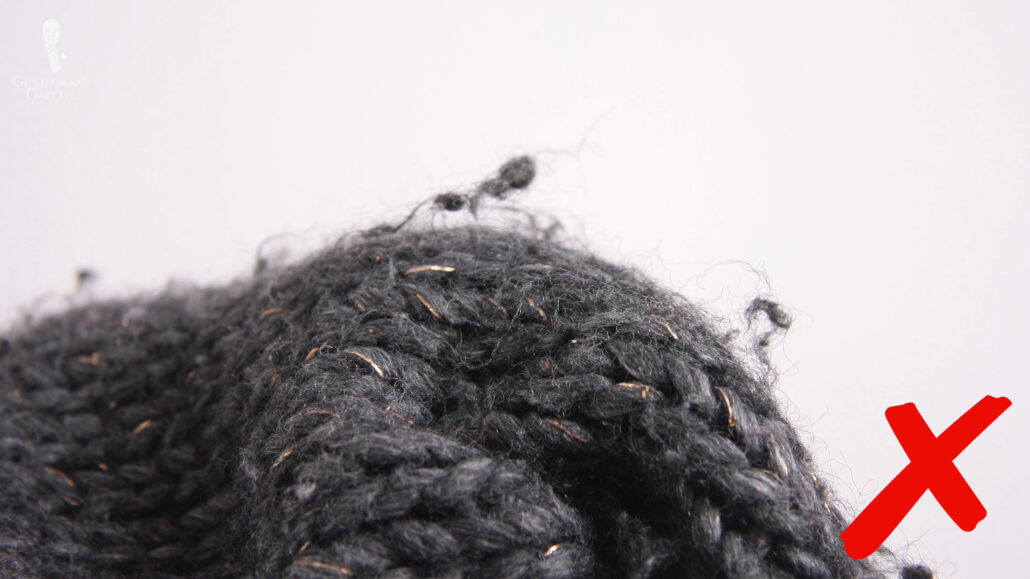
Annoyingly, you can also find garments with tags boasting “100% Luxury Fibers,” but the reality is that they aren’t 100%. They still have small amounts of the other fibers because, for some strange reason, as long as a manufacturer hits a certain minimum quantity, they can still claim it as 100% luxury fiber. Unfortunately, this vague label system doesn’t look like it’s going to disappear anytime soon.
4. Broad or Vague Country of Origin References
We’ve discussed this before, but it deserves a place here, too. Essentially, just because a clothing piece was made in England or in Italy doesn’t guarantee quality or brilliance, despite the sartorial history of these countries.
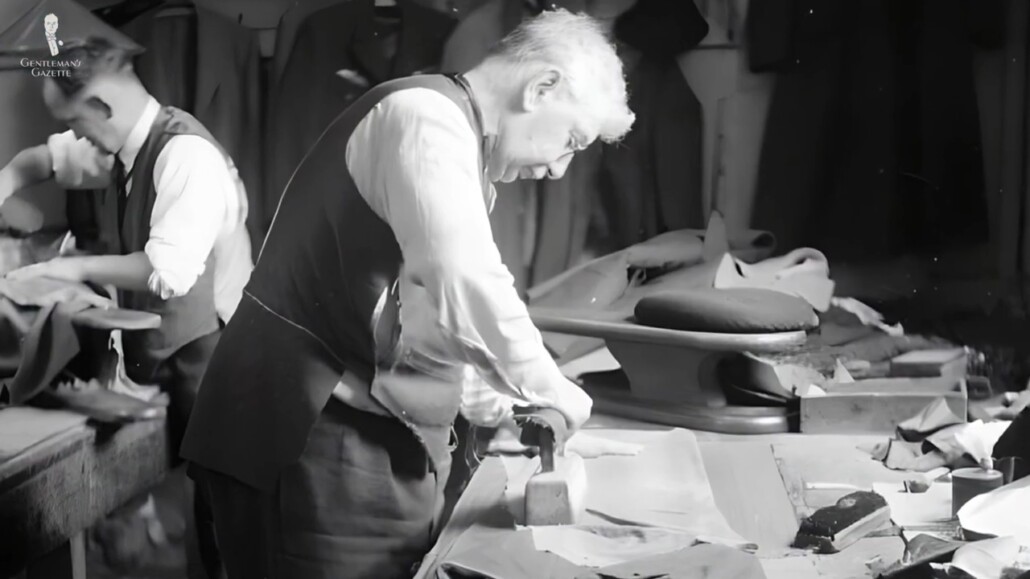
In fact, it’s not uncommon for clothing with these labels to mostly be made somewhere else, only for the finished touches to be made in a more desired country. Plus, there are plenty of good quality tailors in areas like China, Vietnam, and Thailand, meaning that no one country owns a monopoly on quality.
Does “Made In” Matter? Countries of Origin for Menswear Products
5. “Ultimate” Capsule Wardrobes
Capsule wardrobes have been a popular topic for blog posts and videos for over a decade now. As retailers are quick to jump on things that people find popular, the capsule wardrobe has been a big marketing tool for a while now. It capitalizes on the desire to invest in less, have a clean, modern aesthetic, and reduce thinking time when dressing.

The “Ultimate” guide might
Simply suggest items on offer
On paper, there’s nothing wrong with this, and it could be genuinely helpful to fall back on sometimes. The problem is that these capsule lists can get very similar. Blue and gray suits, white shirts, denim, white sneakers, dark tie, and on and on and on. These lists are almost always a one-size-fits-all solution, ironically fitting almost no one in the process. And you’ll often find that the capsule wardrobes being recommended to you consist of nothing but products offered by a particular retailer.
Instead of following these guides to the letter, invest in a wardrobe that suits you. There’s nothing wrong with you using capsule lists as a starting point or inspiration; just don’t forget to infuse your own personality, too. You’ll get far more enjoyment out of your clothes.
6. Fluffy Descriptors
This refers to the copy on websites, garment tags, and even the sales pitches of store assistants. When you remove all of the awesome descriptive stuff, what are you actually being told about the product?
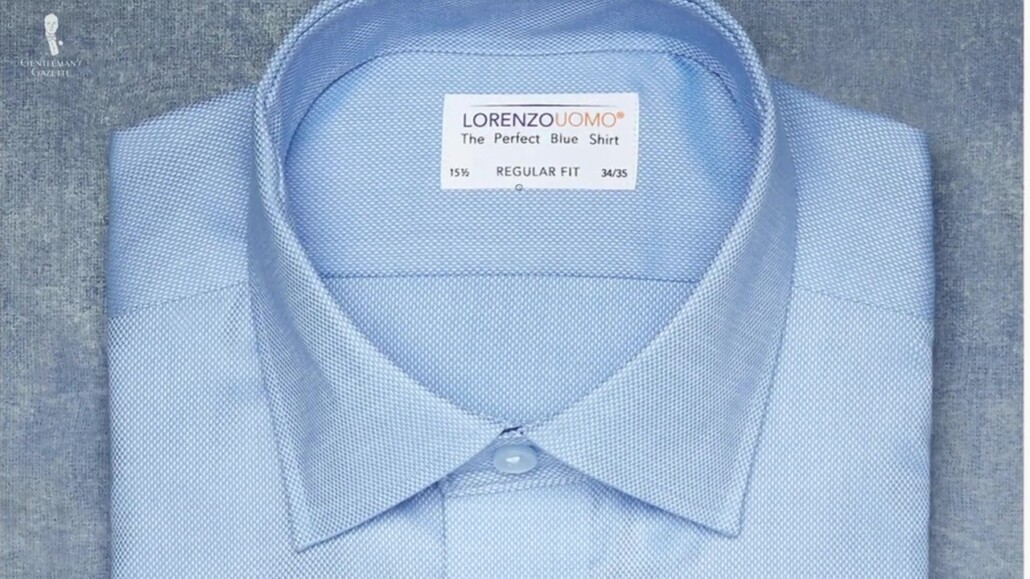
So much of marketing is just like what we’re told in Mad Men: we’re being sold a feeling, not a product. And we want to feel like we’re making a good decision when spending our money. Separating facts from fluff could be a difficult skill to master, especially when it’s happening in person.
So, ask yourself these questions:
- What information am I receiving?
- How does it help me make an informed buying decision?
- And what detail am I missing?
7. Trading on Heritage and Not Much Else
Abercrombie & Fitch, Burberry, Hunter Wellingtons, and the like are all brands that, at one point, were highly regarded for at least one of their signature quality products. But it’s safe to say that what these brands put out nowadays often isn’t the same level of quality as it once was.
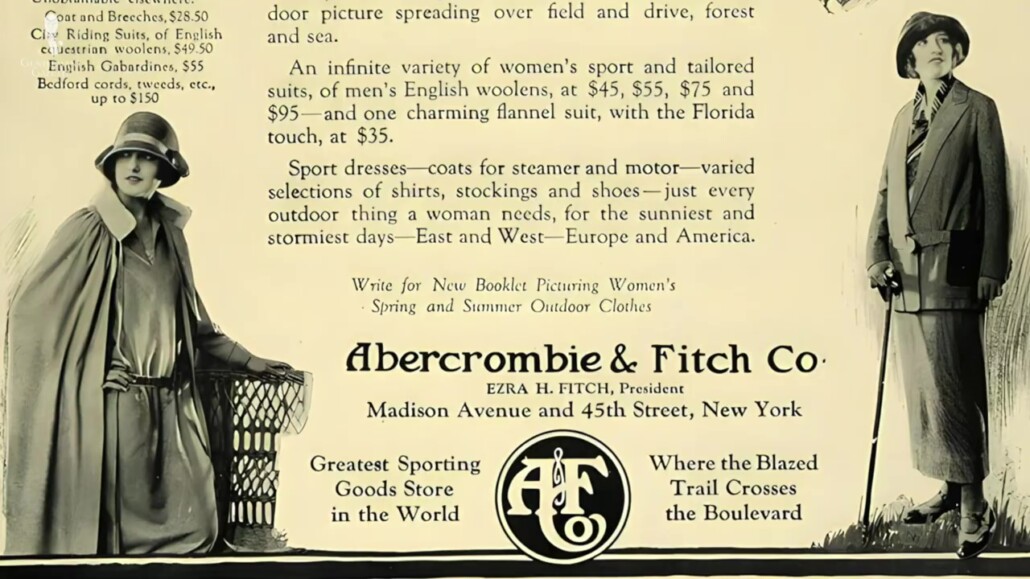
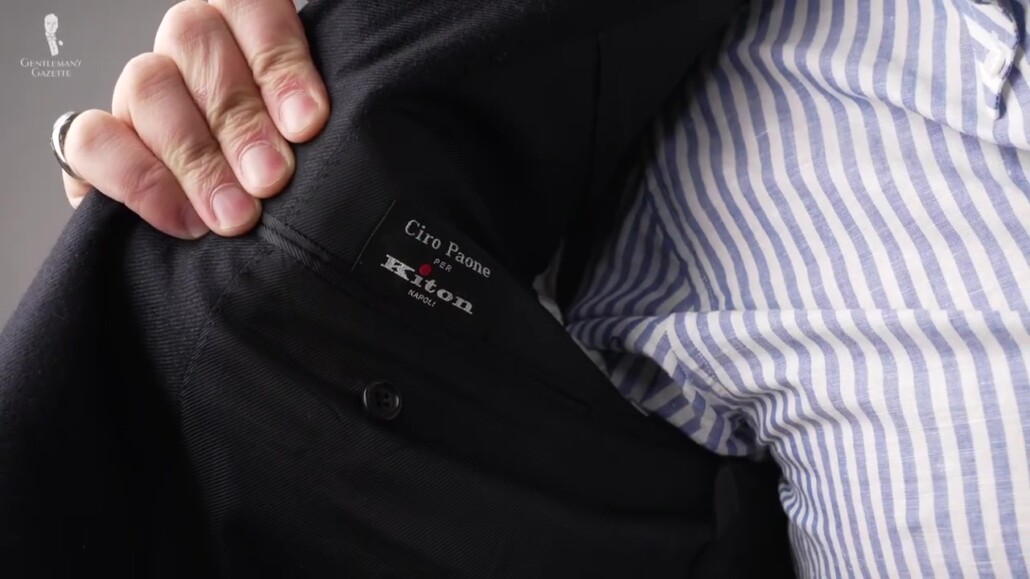
This can stem from a variety of factors, such as an ownership change, pressure from investors to cut corners, and so on; and while certain brands such as Kiton or Isaia still back up their name with quality goods, don’t make all of your buying decisions just based on a logo.
What should you look for when buying clothes?
Fact-based Information
You want to be told what’s actually going into your clothing purchases. A quality explanation would be something like, “We use Safiano leather because it maintains an attractive appearance when flexed.” A knowledgeable sales rep will understand what makes their product unique and won’t need to rely on sugar coating to explain why you should consider their product.
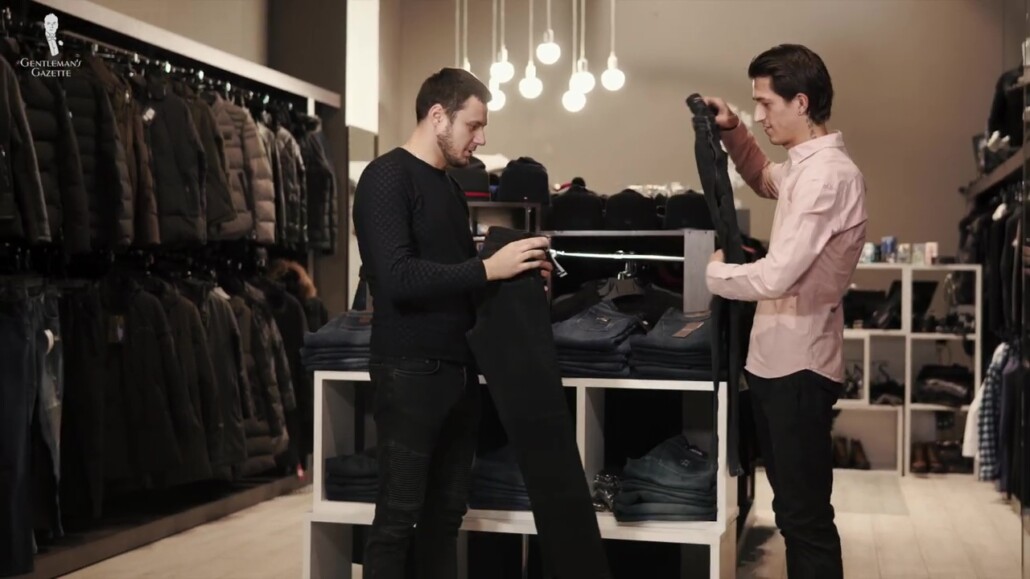
Don’t be afraid to research before you buy either. That’s why we have posts like our “Is It Worth It?” series, so you can get a nonbiased look into what actually goes into a popular product.
Is It Worth It? Review Series
Honesty
Everyone wants to be known as “The Best,” but not everyone can be, right? When it comes to the true best of something, there can only be one. Truly great clothing doesn’t have to tell you it’s great; you’ll know because of the reputation and the ability to see and feel it.
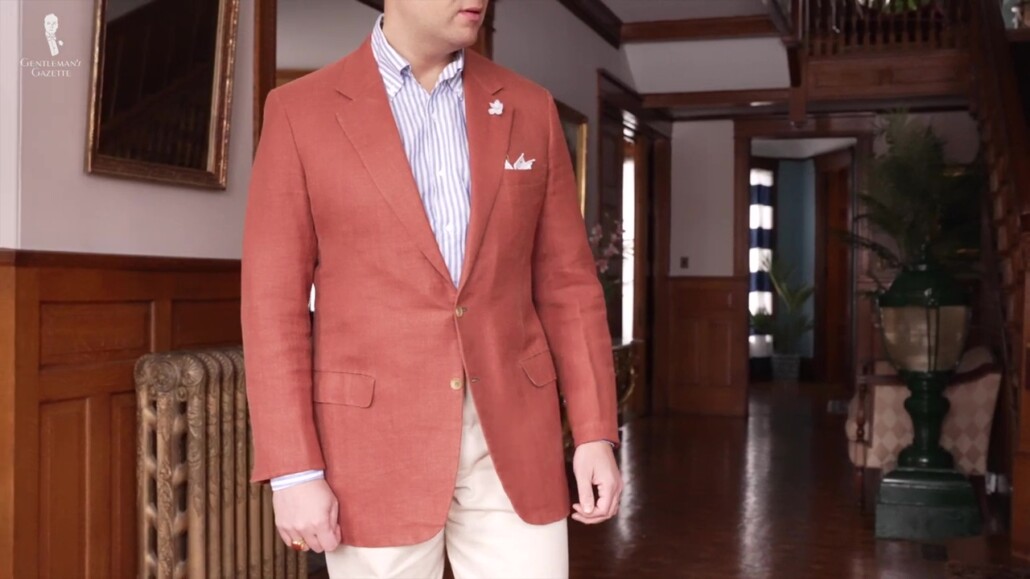
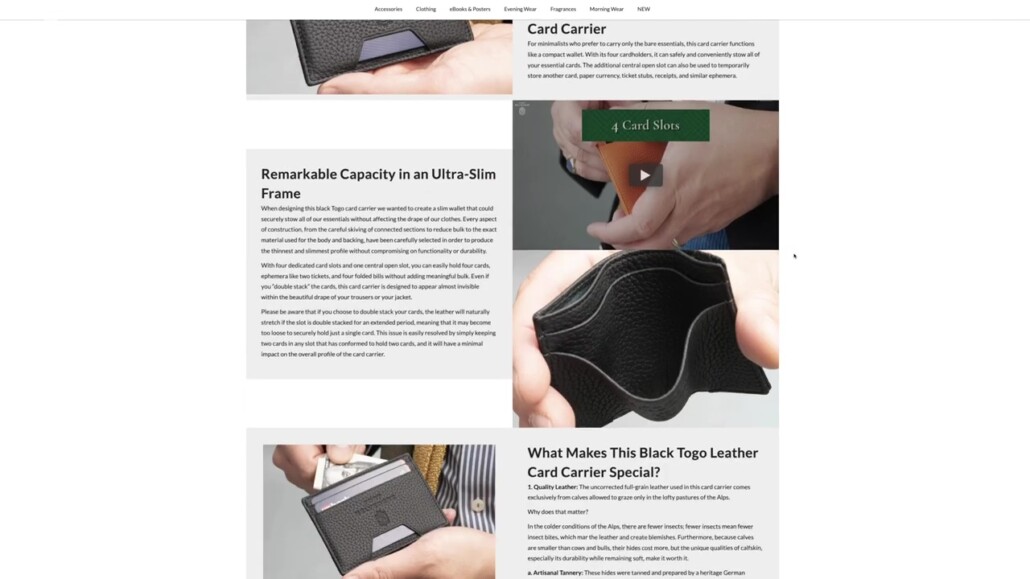
Essentially, companies that aren’t kidding themselves also aren’t kidding you. A good retailer will share info with you and not try to puff up their product to be more than what it actually is.
Passion
There’s a big difference between being high-energy and truly passionate. People who care about the products they make want to share that passion with you—usually in a gentler, more engaging, and strangely addictive style of presentation—in stark contrast to shopping channel energy.
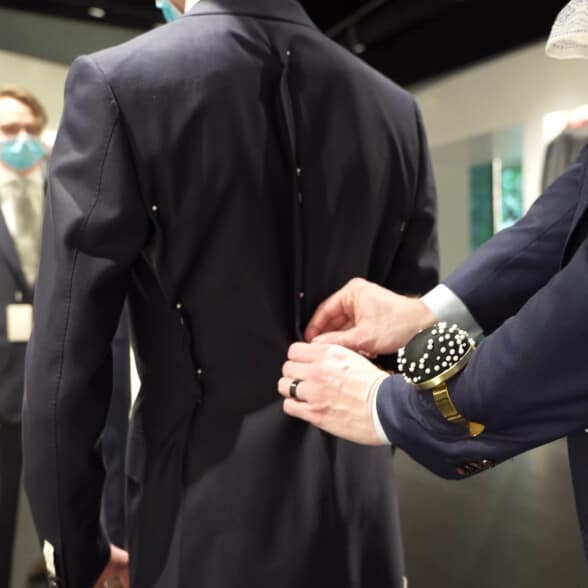
PASSIONATE retailers
Typically don’t do “in your face” marketing
Companies that make generally good products respect you as a customer. They aren’t looking to pull the wool over your eyes. Instead, they’re fueled by passion and respect for their craft, and not just trying to make a buck.
Retailers spend countless amount of money to win over customers with their advertisements. With so much money on the line, it’s easy to get caught up in the pitches they push onto the general public.
Conclusion
Hopefully, this guide will help you figure out what is truly worth your time and money.
Do you have your own marketing gimmick pet peeves that you’ve seen retailers use? Let us know in the comments.
Outfit Rundown
The outfit I’m wearing today is a double-breasted, olive flannel suit, and I am wearing a brown crew-neck sweater underneath. My pocket square has a paisley design, and it has blue, some orange, and also some light greens. I’m wearing a pair of brown Oxford suede shoes. For my fragrance, I’m wearing the Azzuro from our Roberto Ugolini collection. You can find this fragrance and other fragrances, as well as other menswear items over at our Fort Belvedere shop.
FAQ
When do I know something is a marketing gimmick?
The biggest giveaway is when the value of something isn’t clearly spelled out in layman’s terms
What are some popular marketing gimmicks?
Things like Performance fabrics, vague country of origin, & fluffy descriptions can all be telltale signs!
What should I look for in quality clothing?
High-quality clothing doesn’t need to rely on sales tactics to push more products. The item’s quality speaks for itself!
When should I be worried I might be dealing with a gimmick?
If you can’t get a clear answer on why something is “better” than any other product out there, chances are you’re dealing with a gimmicky marketing tactic


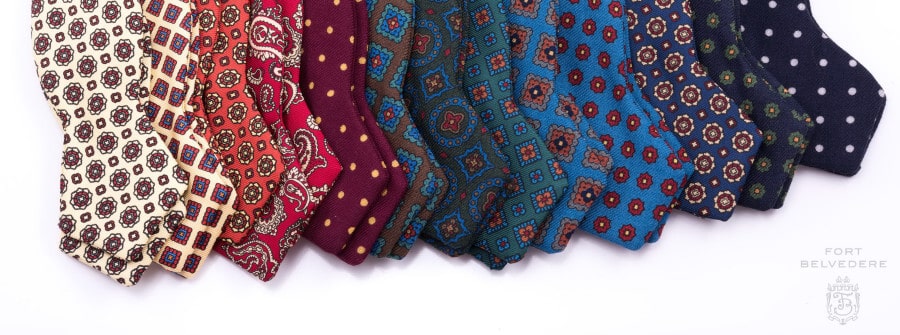
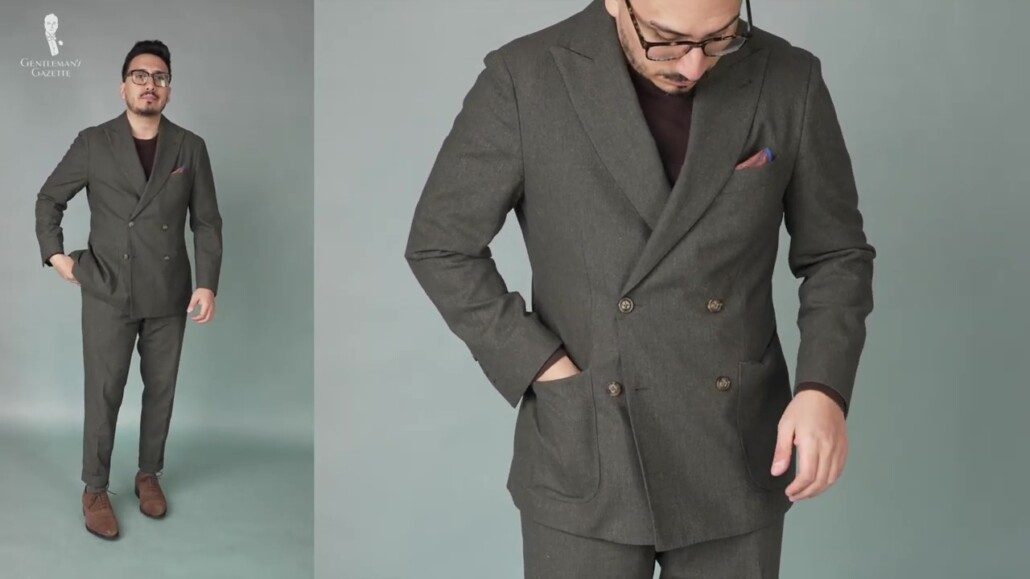
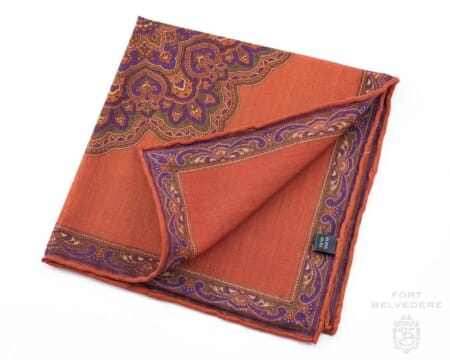
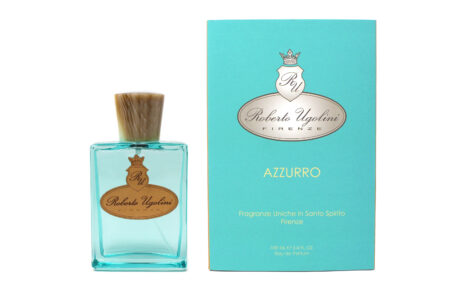
Another strange one, started by Jack but finished by Ivan. Jack probably defied Sven’s instruction to push the Thrift Store shopping garbage, because a gentleman does not wear second hand clothing, but Ivan as new boy was anxious to impress Sven and took over.
Hi Albert, thanks for reading. I regularly purchase and wear clothing that’s not brand new whether it’s speciality vintage, from a charity or thrift store, new old stock that’s been in storage for a number of years. I appreciate our individual views on what a gentleman wears won’t align, but I believe that indulging in beautiful clothing shouldn’t have a barrier. In my view (and I believe largely the view of the Gentleman’s Gazette team), if someone’s outfit fits them well, is co-ordinated nicely, and worn with confidence, onlookers rarely wonder where their clothing came from as they simply enjoy seeing a well-dressed person.
Many times the problem at a retail store is the sales person’s lack of knowledge or experience.
Too many “I don’t know” answers and no one senior enough to answer questions correctly. It’s even worse online where no one is there to answer inquiries.
So caveat emptor.